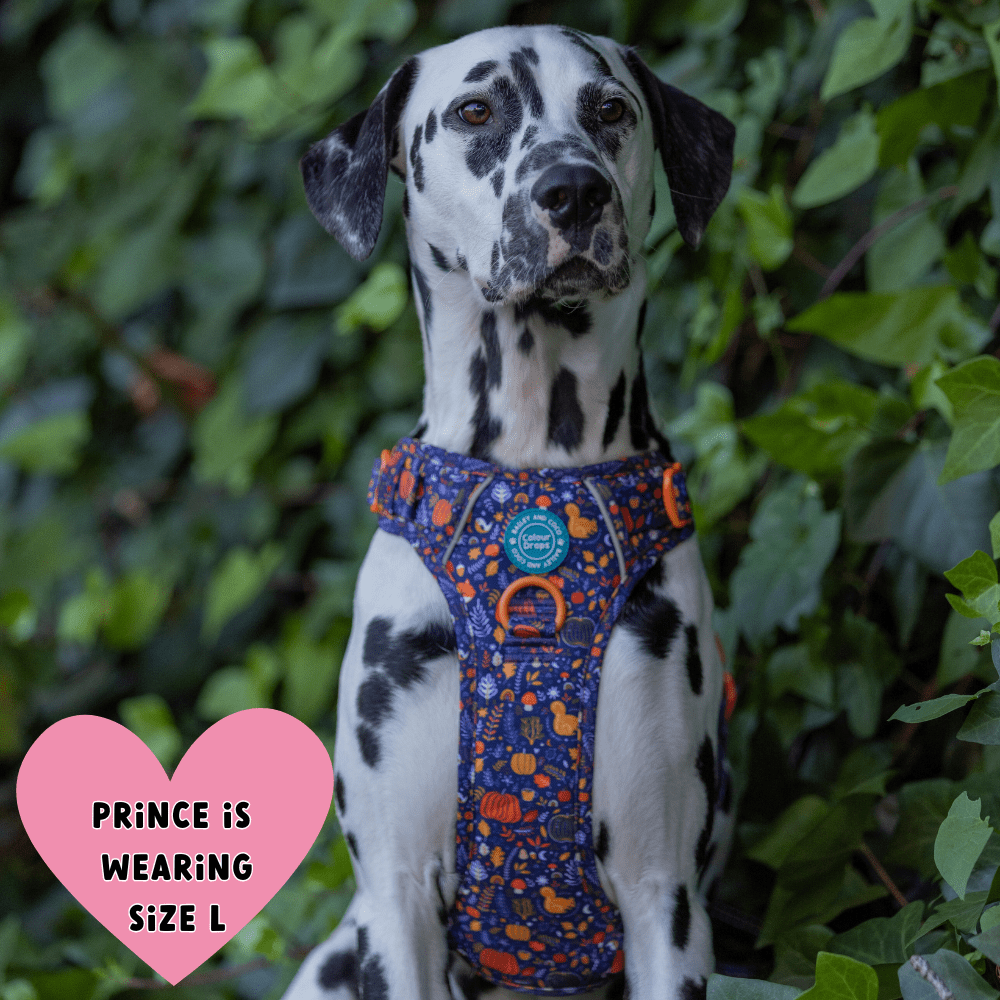Your Cart is Empty
Why Dalmatians Need a Breed-Specific Harness
Dalmatians are lean, deep-chested athletes with long strides and serious stamina. That body shape is beautiful, but it also means a harness must clear the shoulders, sit flat across the chest, and stay secure when your Dal turns on the afterburners. A well-fitted, Y-front dual-clip harness spreads pressure over the chest (not the neck) and lets the shoulders move freely, making every walk safer and more comfortable.
Compared with generic “H” or “Norwegian” styles that can sit across the shoulders, a Y-front design avoids rubbing under the armpits and reduces twisting when your Dal changes direction. Add a front D-ring for training (to gently redirect pulling) and a back D-ring for relaxed walks—this dual setup gives you instant control without harsh equipment.
Have another athletic breed at home? See our guides for Labradors and Golden Retrievers — both large, energetic breeds that benefit from the same Y-front, dual-clip harness design.




